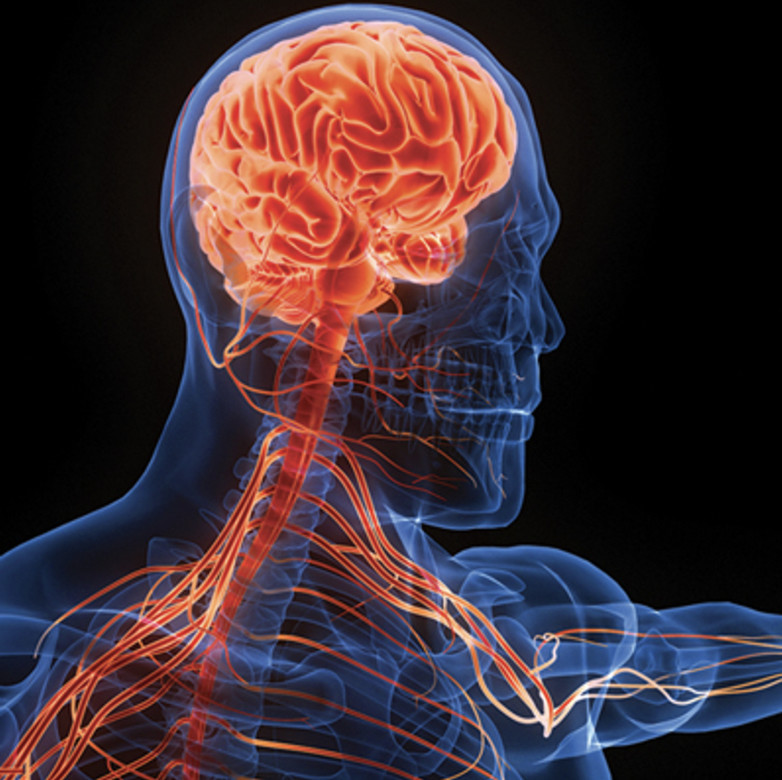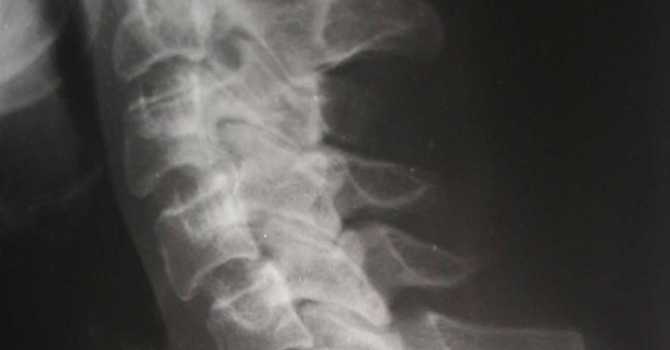
Why We Start with Neurology: Understanding the True Source of Your Pain
At Apex Spine and Performance, one of the most important clinical principles we follow is this: we don’t chase pain — we look upstream.
When patients come in with musculoskeletal complaints like neck pain, back tightness, or persistent muscle knots, it’s tempting to jump straight into treating the joints and soft tissues in the painful area. But as providers focused on long-term, functional solutions, we ask a deeper question first: Could this be neurological?
Why Neurology Comes First
The nervous system is the master control center of the body. Every muscle contraction, joint movement, and pain signal is mediated by nerves. If a nerve is irritated, compressed, or not functioning properly, it can create a cascade of dysfunctions downstream.
In other words, the pain you feel in your shoulder, hip, or pelvis may not originate there at all. It may stem from an upstream issue — like a compressed nerve in your neck or spine — that’s altering muscle tone, creating dysfunctional movement patterns, and ultimately generating pain.
The Neurology-Soft Tissue Connection
Here’s a common pattern we see:
-
A nerve root in the cervical spine is compressed due to postural strain or a degenerative disc.
-
This leads to altered nerve signaling to the muscles of the shoulder girdle.
-
The muscles overcompensate or weaken, developing trigger points or tightening abnormally.
-
The result? Localized pain, stiffness, or weakness — but the source is neurological, not purely muscular.
If we only address the muscle tightness with manual therapy or exercise, we may offer temporary relief. But if we miss the neurological driver, the problem will return again and again.
Joint Dysfunction and Muscle Imbalance: Symptoms, Not Always the Cause
Joint restrictions and muscle imbalances are real, and they matter — but often they are secondary to poor neurological input. For example, if the spinal cord or peripheral nerves are irritated, the brain may down-regulate or up-regulate muscle tone in response. This can lead to:
-
Compensatory joint stiffness or hypermobility
-
Myofascial trigger points
-
Poor motor control and instability
-
Pain and tightness in areas that are actually compensating for another problem
So, rather than starting with soft tissue release or joint mobilization, we assess your neurology first. This includes:
-
Sensory and motor testing
-
Reflexes
-
Functional movement and gait analysis
-
Orthopedic and neurological testing to screen for nerve involvement
Treat the primary source, Not Just the Result
By starting with neurology, we are able to uncover the true cause of your symptoms — not just the location of your pain. From there, we create a treatment plan that may include:
-
Chiropractic adjustments restore proper motion to spinal segments
- End Range spinal loading
-
Specific nerve mobilization or neurodynamic exercises
-
Muscle activation or inhibition techniques
-
Soft tissue therapy and targeted rehab to address compensations and restore balance
The Bottom Line
Pain is complex, and so is the human body. At Apex Spine and Performance, our goal is not just to make your pain go away — it's to make sure it doesn’t come back while giving you sustainable options for improving the healthspan in the process. That’s why we prioritize a neurological-first approach. By identifying and correcting neurological compromise, we set the foundation for true healing — not just symptom management.
We also consider that neurological compromise isn’t always mechanical — factors like chronic inflammation, poor nutrition, blood sugar dysregulation, and lifestyle stress can impair nerve function at a cellular level. Addressing these physiological influences is essential for restoring optimal neurological health and resolving pain at its root.
If you're dealing with persistent pain or dysfunction that hasn’t responded to traditional soft tissue or joint therapies, it’s time to look deeper. Let us help you uncover the underlying source of pain and dysfunction and get back to doing what you love — with a body that moves with confidence.




